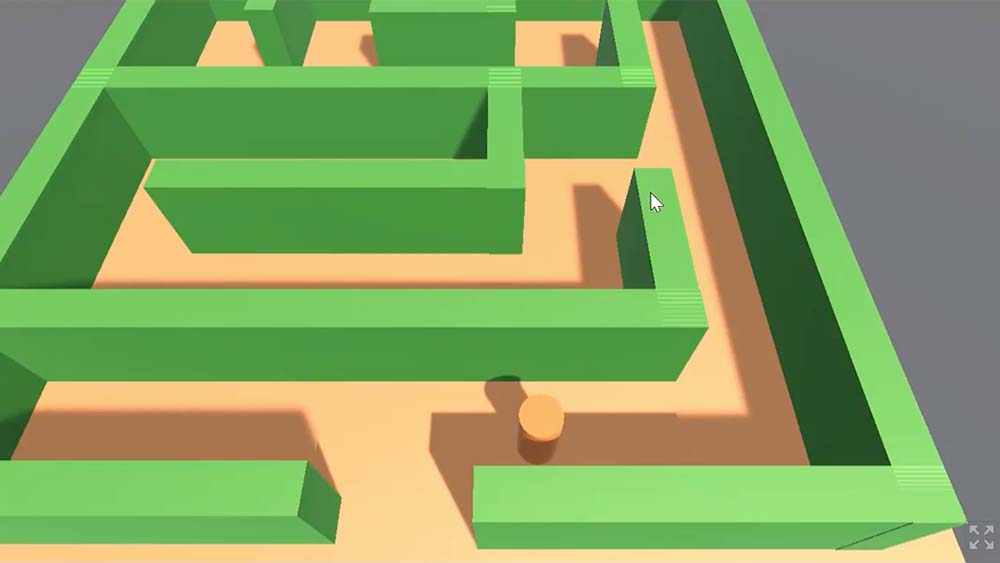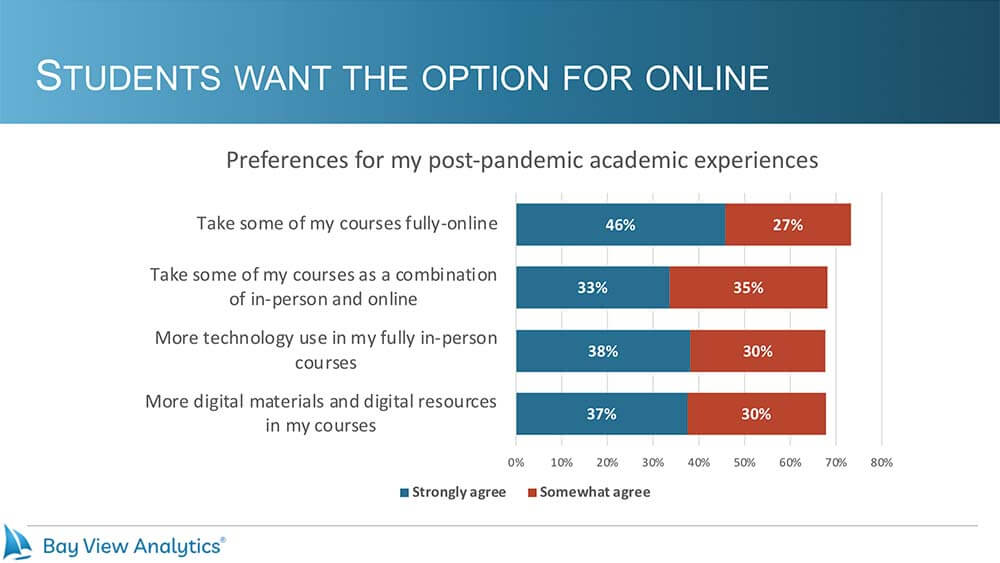
In Taeho Park’s Maze Game, one player has to tell the other player how to navigate through the maze as a way to encourage more verbal communication.
One of the long-running arguments in favor of digital meetings has been that the students now in high school and college — the conference attendees of the future — won’t make the kind of either/or distinctions between face-to-face and digital that older generations do. They will be channel-agnostic, seamlessly weaving digital and in-person interactions together.

Taeho Park
One sign that the future is already here can be found in the story of a high-school student who is designing video games for classmates who have autism. The project began after Taeho Park, a high-school senior in suburban Atlanta, was inspired by a 2017 TEDx Talk delivered by a Toronto father who set up a Minecraft server for autistic children. Park first pitched the idea of a creating a similar project to other students at his high-school club meeting.
Park had been “shocked” to learn from TEDx speaker Stuart Duncan’s talk that autistic participants were often bullied on game forums, he wrote on his MakingGs website created for the project. In response, he and classmates began creating games in a safe online space for autistic students at their school. Park reached out to other schools via email, and currently is collaborating with a Girls Who Code student chapter at Georgia Tech, as well as from students from two other Atlanta-area high schools and a technology high school in Spokane, Washington. (Unfortunately, the program at his school has been paused due to COVID-19 restrictions.)
The project illustrates how easily the students fuse face-to-face and digital mediums to get things done. An idea sparked by a digital version of a presentation delivered at an in-person conference was initiated through a local science club and then amplified through regional and national networks.
Such uses of online learning and collaboration are only being accelerated by the pandemic, according to research conducted by Bay View Analytics. Following the increase in remote learning necessitated by the pandemic, college students were more positive about online education than they had been before the pandemic, surveys showed — a majority of students said that they want more online options, more digital materials, and more technology in their classes in the future.

Park’s high school, Middle Creek High School, was already planning on introducing a few days of digital-only instruction before the pandemic, Park said. Over the past two years, as Park’s school has switched back and forth to remote learning, the high-school senior has noticed some advantages — he has gotten more sleep and has had more time to work on projects on the days when he is no longer commuting to school.
But the learning future Park prefers is a hybrid one, he said. Digital channels are good at efficiently communicating general information, “but I like to talk to my teachers in person,” he said. In-person conversations can better address specific problems in very detailed ways and, compared with unmuting yourself to make a point online, ideas flow more easily in face-to-face settings, Park said. “I like a mixture of both.”
Barbara Palmer is deputy editor at Convene.
